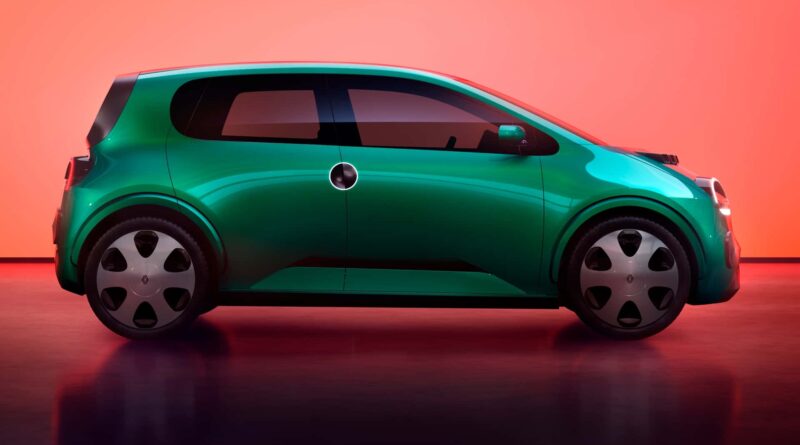Volkswagen Wants Renault To Help Develop Cheap EV
When Volkswagen unveiled the ID.2all as a future electric car priced at less than €25,000 ($27,000), it also announced an even cheaper EV. Plans are in motion to engineer an entry-level model with zero emissions that will cost under €20,000 ($21,500). However, it seems the folks from Wolfsburg are looking for a partner to speed up development and fend off the worrying competition from Chinese rivals.
Automotive News Europe cites German business newspaper Handelsblatt saying VW is currently having negotiations with Renault. The talks are apparently at an “early stage” and one of the goals is to achieve an annual production of 200,000 to 250,000 cars for both automakers. However, with the discussions being at a preliminary stage, they might not materialize into actual products.
2023 Renault Twingo concept
While VW refuted to comment, a spokesperson for Renault contacted by ANE did say: “We are in different discussions, but nothing has been finalized.”
The French brand will beat VW to the punch in the sense that it’ll release the new R5 in 2024, a year before the ID.2all evolves into a production model. In addition, the company with the diamond logo has already previewed the revival of the R4 due in 2025 and a next-generation Twingo. Pictured here, the latter will serve as the brand’s entry-level EV and is slated to go on sale in 2026.
Renault is using the Ampr Small (previously CMF-BEV) architecture as the foundation for the 5, 4, and Twingo. Although these will only be sold as EVs, none of them will sit on a platform developed exclusively for electric cars. As many as 70 percent of parts will come from the existing CMF-B platform used by the Clio to drive down costs.
It’s unclear whether VW’s entry-level electric car would have something in common with the Twingo or the plan is to develop a new architecture. The cheapest Renault EV will also cost below the €20,000 threshold and will go on to replace today’s Twingo Z.E.
It’s worth noting the Twingo Z.E. was developed together with Daimler and its electric Smart ForTwo. Both these cars were also engineered in ICE flavors with rear-mounted combustion engines.
Source: Read Full Article



